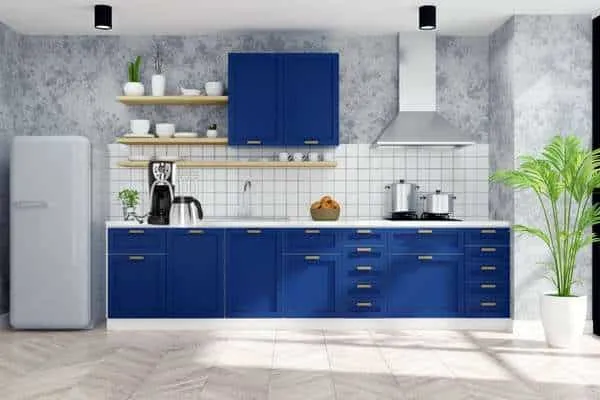Coffee Kitchen Decor Dimensions Overview
Designing a coffee kitchen is more than just aesthetics; it’s about functionality and creating a space that caters to your coffee ritual. Understanding the dimensions involved is crucial for maximizing your space, ensuring a smooth workflow, and incorporating your personal style. This guide will delve into the key aspects of coffee kitchen decor dimensions, from planning your layout to selecting the perfect accessories, helping you create a coffee haven that is both beautiful and practical. Whether you have a spacious kitchen or a cozy corner, careful planning is the first step toward a successful coffee kitchen design.
Maximize Your Coffee Kitchen Space
Regardless of the size of your kitchen, smart planning is essential. Begin by evaluating your available space and identifying the areas you can dedicate to your coffee station. Consider vertical space – can you utilize shelves to store mugs, coffee beans, and other essentials? Think about how you can optimize the available counter space for the coffee machine, grinder, and any other equipment. The goal is to create an efficient and aesthetically pleasing coffee corner that doesn’t feel cramped or cluttered. Proper use of dimensions will greatly enhance this process. For example, you could opt for a slim coffee maker to save counter space or choose a wall-mounted storage solution to free up valuable space. Keep in mind that a well-organized coffee kitchen setup improves the overall flow and reduces the morning rush.
Measure and Plan for a Functional Layout
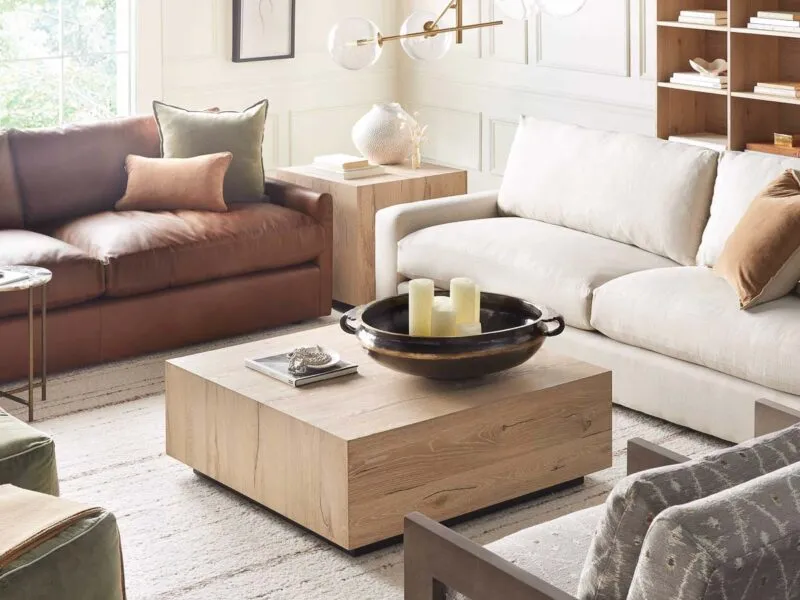
Before purchasing any equipment or decor, meticulously measure the available space. Determine the dimensions of your coffee machine, grinder, and any other appliances you intend to include. This includes height, width, and depth, as these dimensions will dictate the size of your coffee station. Consider the placement of electrical outlets, ensuring they are conveniently located without obstructing the space. Draw a detailed layout plan, sketching the positions of your equipment and storage solutions. This initial planning helps you visualize the final result and avoid common design pitfalls. Don’t forget to account for the dimensions of your storage solutions, like shelves and cabinets, to make sure everything fits well and within reach, offering an appealing and efficient space.
Consider Traffic Flow and Accessibility
When planning your coffee kitchen, consider the traffic flow within your kitchen. Ensure that your coffee station doesn’t obstruct walkways or frequently used areas. Place it in a spot where it is easily accessible but doesn’t interfere with other kitchen activities. Also, make sure the area is accessible for everyone in the household. Children should not be able to access dangerous components, while the height of the coffee maker and other appliances should be manageable for all users. The accessibility of your coffee station is crucial for daily use. This thoughtful consideration guarantees a practical and comfortable coffee kitchen experience, turning your morning ritual into an enjoyable moment rather than a source of chaos.
Choosing the Right Coffee Kitchen Decor
Coffee Station Dimensions
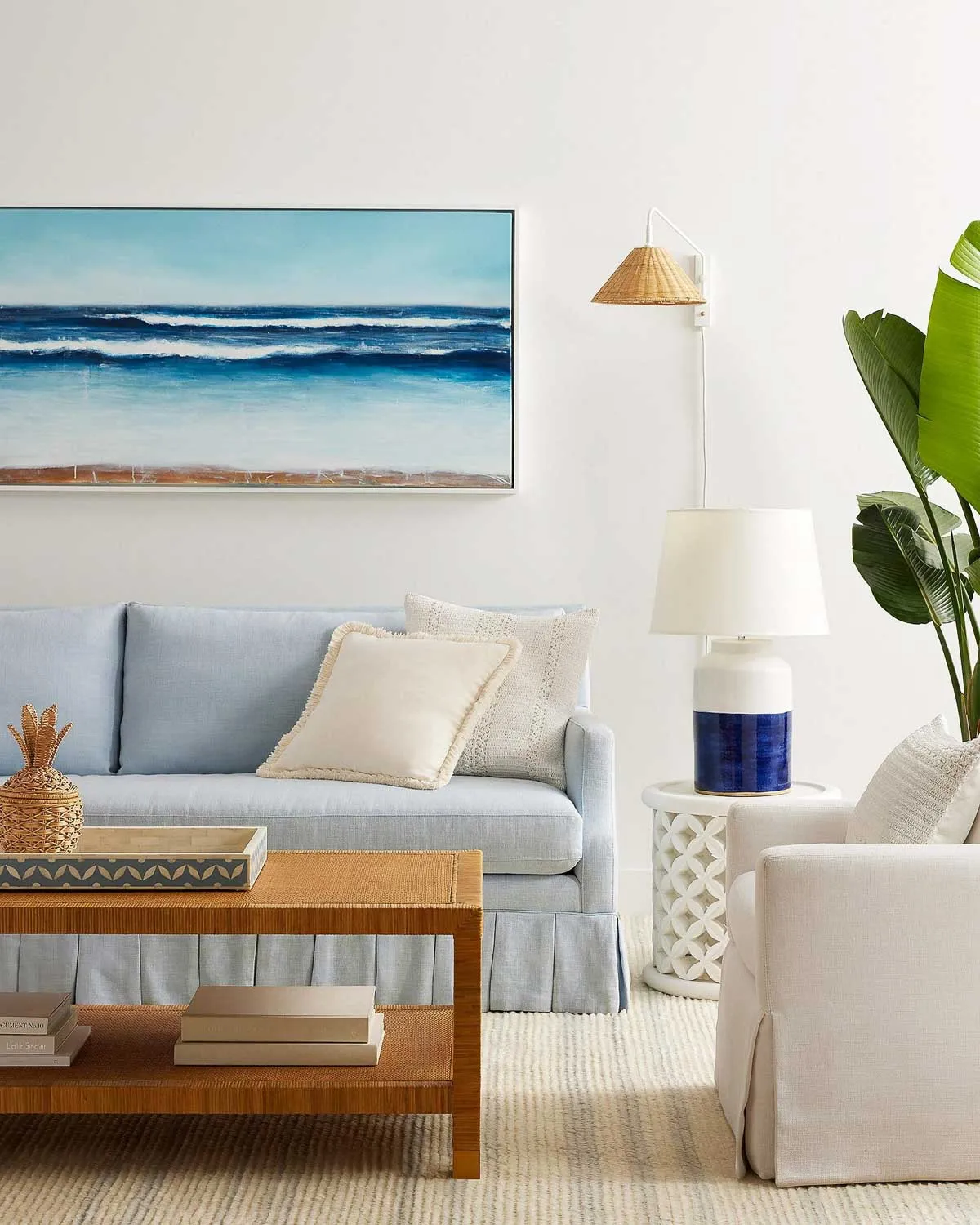
The dimensions of your coffee station depend on the equipment you choose. A compact setup might only require a small countertop, while a comprehensive station with a built-in espresso machine will need more space. Ensure you have sufficient counter space for your coffee maker, grinder, and any additional accessories like a milk frother or scales. The height of the counter should be comfortable for your daily use, allowing you to work on your coffee routine without straining. Consider including a dedicated space for storing coffee beans, cups, and other related items. The depth of your coffee station is essential as well, offering enough room to move around while preparing your drink.
Appliance Dimensions
When choosing appliances, pay close attention to their dimensions. The size of your coffee maker, espresso machine, or French press will directly impact the space required. Measure the height, width, and depth of each appliance, and then determine the counter space and clearance necessary. Ensure there’s enough room for the appliance to operate properly without causing any obstruction. The dimensions of your grinder, kettle, and any other devices also influence the overall footprint of your coffee station. Consider the style, which complements your décor. A visually appealing appliance will enhance your coffee station’s aesthetic, but it’s essential to maintain practicality.
Storage and Counter Space Dimensions
Storage solutions are key to keeping your coffee kitchen organized. Measure the dimensions of the storage containers, shelves, and cabinets you intend to use. Consider the depth of the shelves to accommodate your coffee beans, mugs, and accessories. Ensure there’s enough counter space to place your coffee maker, grinder, and other tools. Optimizing storage space is crucial in small kitchens, so think about using vertical space with shelves, or installing drawers and cabinets to maximize functionality. This is especially useful for managing your coffee supplies, and it helps to prevent a cluttered appearance. Consider the height of your storage shelves as well, ensuring that items are easily accessible while still providing enough room for aesthetic appeal.
Seating Area Dimensions
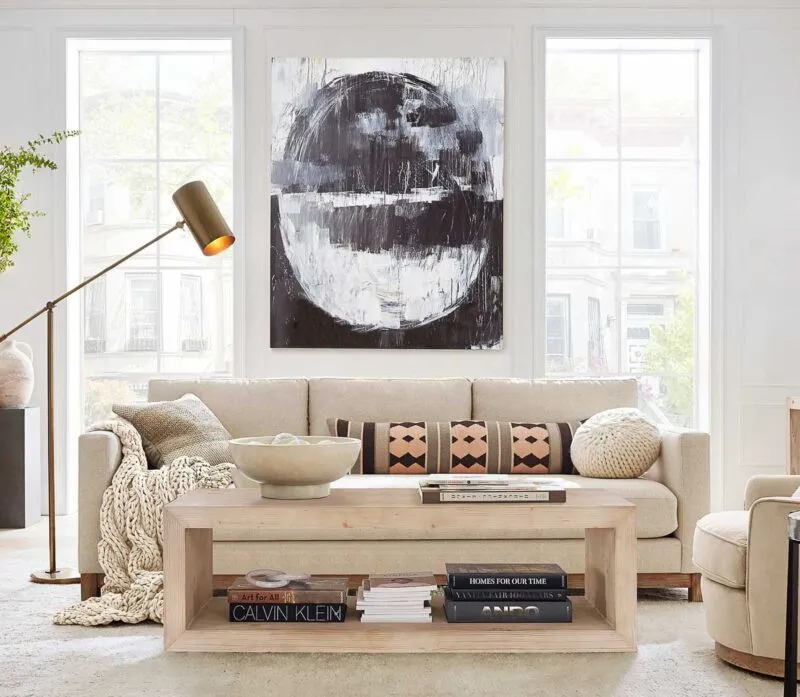
If you have space for a seating area, consider the dimensions of your table and chairs. Measure the space needed for each chair, and make sure there’s enough room for movement around the seating area. The height of the table should be suitable for comfortably enjoying your coffee. The chairs should be the right height for the table. Consider the space’s depth to ensure it’s not interfering with the traffic flow. If you have a breakfast bar, make sure the dimensions of the bar stools are appropriate. Consider the overall layout and create an inviting and functional space where you can enjoy your coffee. Proper planning and incorporating these dimensions will ensure that your coffee kitchen space is practical and pleasurable.
Coffee Kitchen Decor Style and Aesthetics
Color Scheme and Material Dimensions
The color scheme and materials you choose will significantly affect the visual appeal of your coffee kitchen. Coordinate the colors of your cabinetry, walls, and accessories to create a cohesive design. Consider the depth of the colors, balancing light and dark tones to add visual depth. Consider the dimensions of your materials and use them to create visual interest. For instance, you might choose a textured backsplash or a wooden counter top to complement your color scheme. Choose materials that are durable and easy to maintain, especially in a high-traffic area like the kitchen. The right colors, materials, and dimensions contribute significantly to the overall look and feel of your coffee kitchen, creating a space that reflects your personal style.
Lighting Dimensions
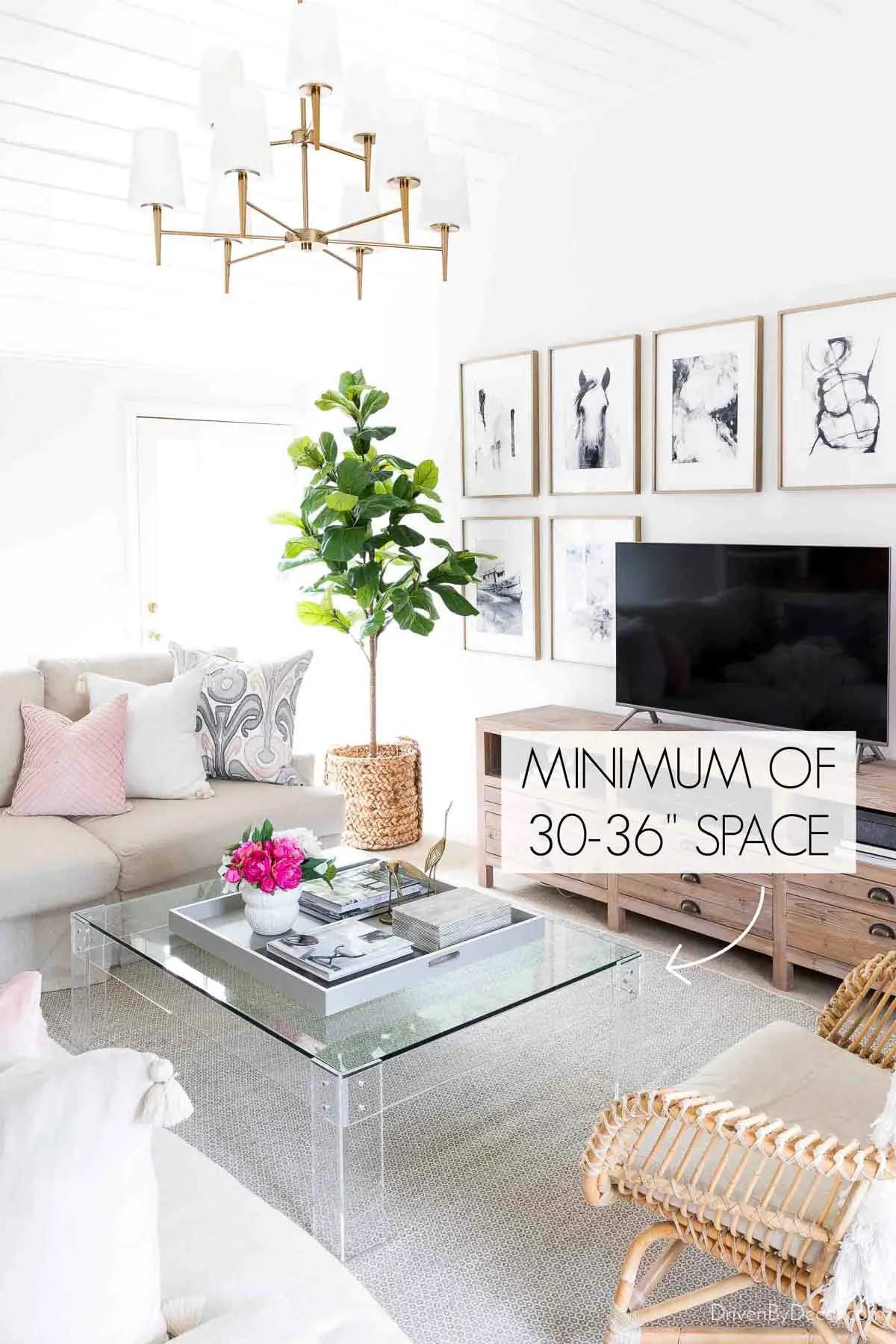
Lighting plays a vital role in setting the mood in your coffee kitchen. Consider the dimensions of your light fixtures and their placement to achieve the desired effect. Task lighting, such as pendant lights above your coffee station, is essential for functionality. The height of these lights should be appropriate for their use, ensuring they provide sufficient light without obstructing the workspace. Ambient lighting, such as recessed lights or track lighting, can illuminate the entire space. The dimensions of these types of lights should be appropriate for the ceiling height and overall space. Accent lighting, like under-cabinet lights, can highlight your decor and add a touch of elegance. The right lighting scheme will make your coffee kitchen a warm and inviting space.
Decor Items and Accessories Dimensions
The dimensions of your decor items and accessories will influence the look and feel of your coffee kitchen. When choosing decor, measure the available space and consider the scale of the items. A large piece of artwork or a statement clock can add visual interest, but make sure it fits the dimensions of the wall. The dimensions of your coffee mugs, containers, and other accessories should also be considered. Arrange items strategically to create a balanced and cohesive design. Choose accessories that are both stylish and functional, complementing your coffee kitchen’s theme. The right accessories, along with careful consideration of their dimensions, will turn your coffee kitchen into a beautiful and personalized space.
Coffee Kitchen Decor Budget and Implementation
Setting a Realistic Budget
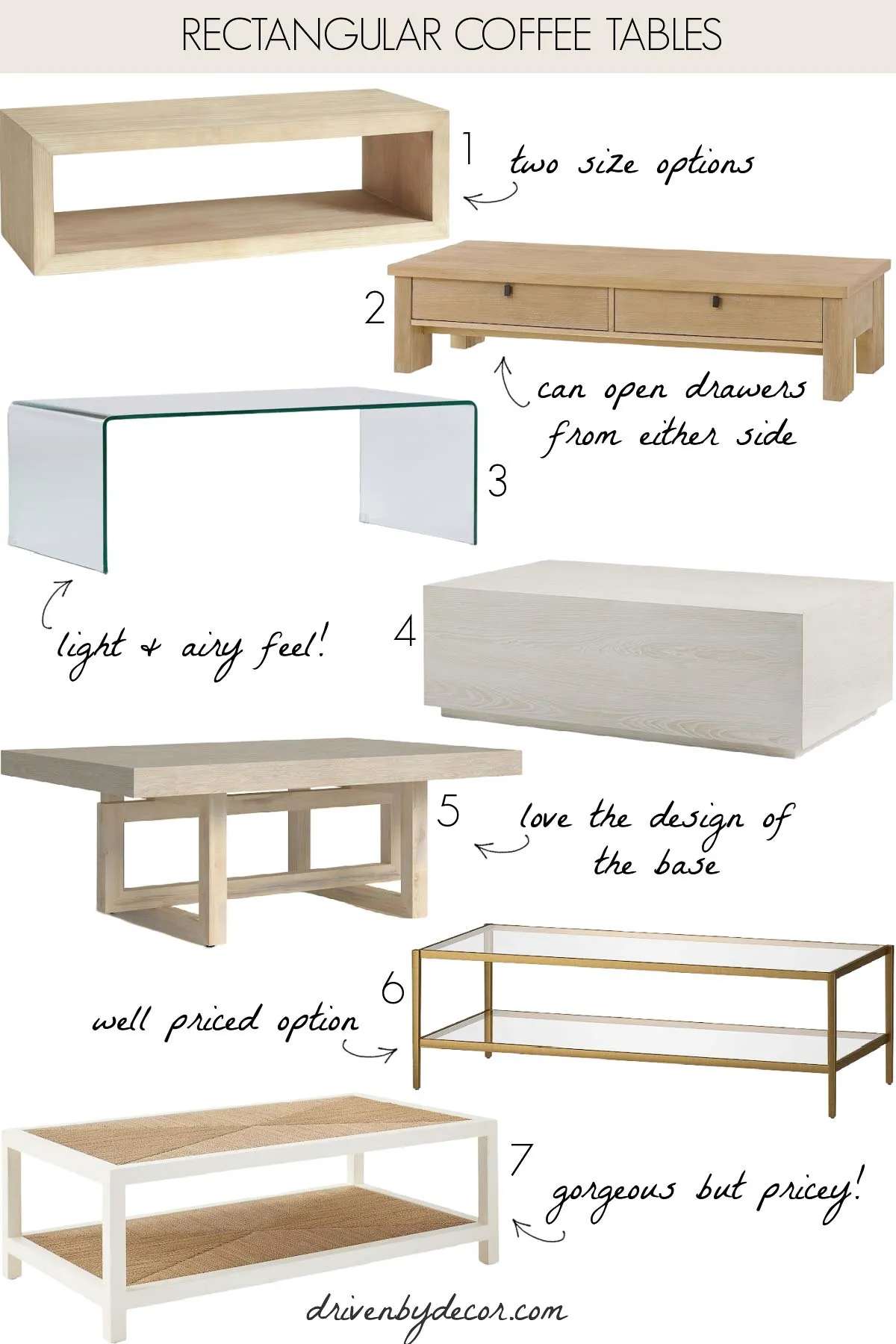
Before you start designing your coffee kitchen, establish a budget. Determine how much you’re willing to spend on appliances, decor, and any renovations. Research the prices of different items and compare them to find the best deals. Factor in all the costs, including appliances, decor, and other accessories. Allocate funds for unforeseen expenses. Setting a budget will help you make informed decisions and prevent overspending. Knowing your budget dimensions will guide your selection. By setting a budget, you’ll have a clear plan. This allows you to stick to your financial goals and make the most of your coffee kitchen design process.
DIY Decor Ideas and Dimensions
DIY projects can be a great way to personalize your coffee kitchen. Consider creating your own decor items, like a custom coffee station or storage solutions. Before you start, gather your materials and measure them. Choose DIY projects that fit the dimensions of your available space. Consider the depth, width, and height of the projects you plan to undertake. Check whether you can build your custom coffee station to match the precise dimensions of your appliances. These DIY ideas give you the flexibility to design your coffee kitchen to your taste. Plus, DIY projects can be a cost-effective way to add a personal touch to your coffee corner.
Professional Design Considerations and Dimensions
If you’re considering a more extensive renovation, you might want to consult a professional designer. A professional can help you with the layout, dimensions, and overall design of your coffee kitchen. They can also offer expert advice on appliance selection, material choices, and space planning. When working with a designer, provide them with your budget and any specific requirements. The designer will then create a plan tailored to your needs. They’ll help you visualize the design and ensure that all the dimensions are accurate. This helps to transform your vision into a functional, stylish coffee kitchen.
